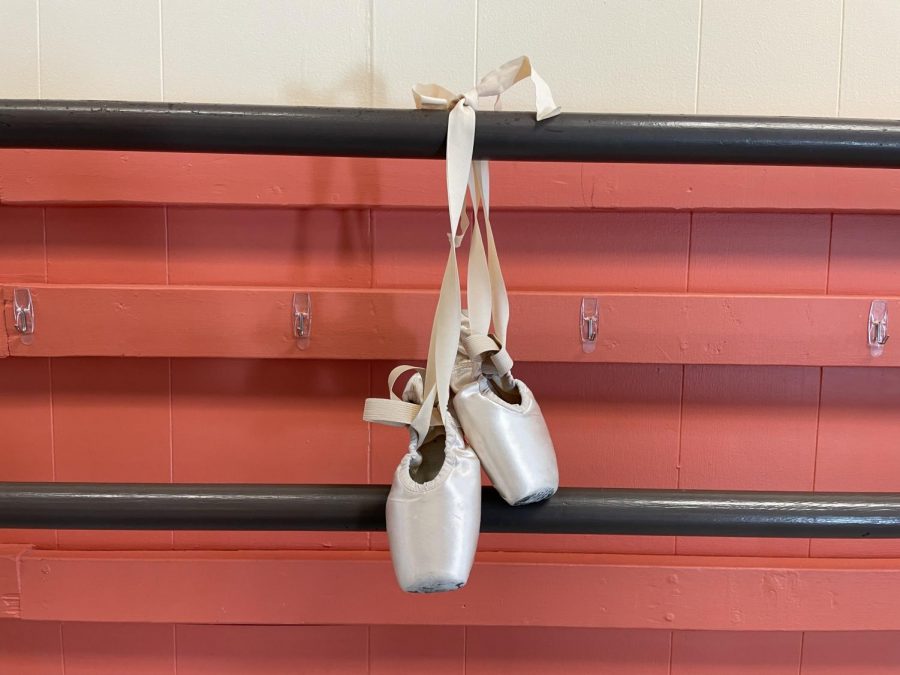Ever since its creation in 1945, George Balanchine’s version of the holiday ballet classic “The Nutcracker” has graced stages around the world. As times have changed, some of the themes have become glaringly outdated and racist undertones have been brought to light. “The Nutcracker” is due for an upgrade.
Each year, dancers get cast in roles like the Snow Queen, Sugar Plum Fairy and Clara, but there are some that play on extremely outdated stereotypes.
Taking place in the Land of Sweets, the second half of “The Nutcracker” has many characters from all over the world. Most famously, there is the Sugar Plum Fairy, but there is also Marzipan and Tea. In Balanchine’s production, the role of Marzipan and Tea is called Chinese.
Traditionally, the choreography includes shuffling feet, bobbing heads and pointing fingers, all which play into racist stereotypes about Asian people.
The choreography is not the only problem.
Costumes for Chinese tend to involve Fu Manchu mustaches, and makeup also frequently includes exaggerated eye makeup and sometimes yellow face.
The Pacific Northwest Ballet, which is based in Seattle is one of the first companies to make the appropriate changes to their production.
Instead of Chinese, this new character is The Cricket. Seen as a symbol of good luck and connected with music in Chinese culture, The Cricket is a new start to revive the outdated variation in “The Nutcracker.”
Balanchine choreography fits this new role perfectly: jumps, leaps and splits. With the new choreography and a new costume, the show will be much more culturally-conscious.
Ava Harrington has been involved in multiple productions of “The Nutcracker” performed with Quad City Ballet Company. She believes that these changes are necessary.
“I think that these changes would do the ballet community a lot of good and make it more inclusive and less discriminatory,” Harrington said. “If we want the ballet community to survive and flourish in the changing future, adjustments need to be made for everyone to feel included and welcomed.”
“The Nutcracker” is unlike any other ballet because it is truly the gateway into the dance world. Watching the performance is a tradition in many homes and sparks the interest of ballet in the minds of many young people everywhere.
Harrington explained, “The ballet itself is instantly recognizable and is what draws many people into the community, just like it did me. Making it align with society’s norms of today will shine a more positive light on the community as a whole.”
Lack of representation and misrepresentation of Asian communities in the media has been an important topic of conversation lately, and it is only appropriate to address it in the ballet community as well.
The excuse that “The Nutcracker” is a classic is no longer relevant. It is time for change.









